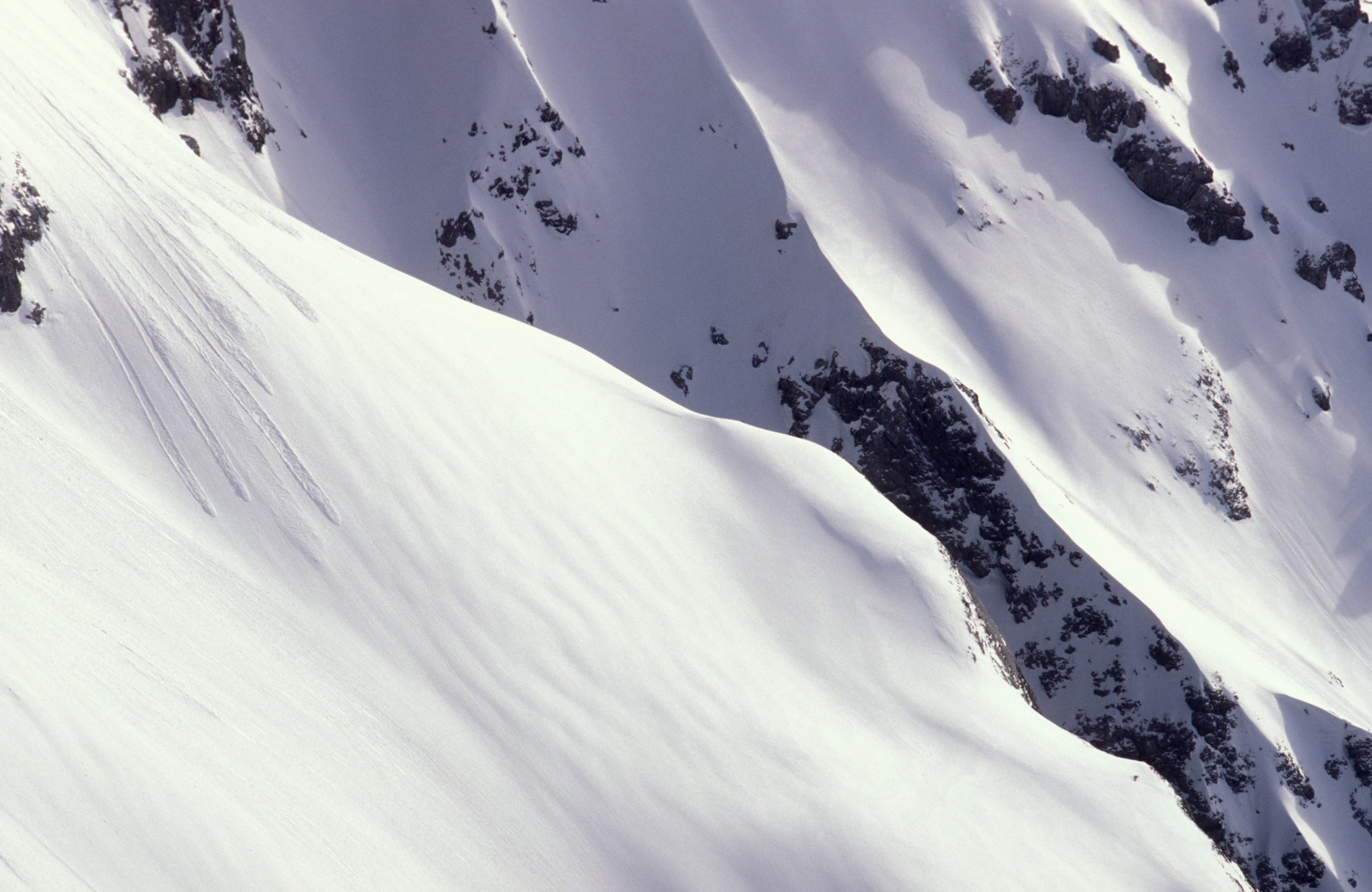Do not travel on or near snow covered mountain areas without checking conditions and alerts first. Always carry an avalanche beacon, a shovel and an avalanche probe.
With knowledge and reasonable behavior it is possible to minimize trips around avalanche areas. A hint of danger is for example areas where snow accumulates with a 30-50 degree incline. Fresh snow is a clear hint of possible danger, blowing snow or heavy snowfall. Intense and prolonged winds heighten avalanche risks. Snow poorly connected to the substrate (can be recognized through hollow sound/cracks/whoomps). Rapid increase in temperature, temperature above 0°C, rain, rolling snowballs. A recent avalanche is the clearest example of imminent avalanche danger!
The route chosen plays a big deal to avoid avalanche danger. The main rule is that the bottom of the valley is the safest area. If necessary to cross danger zones, show caution and only one to cross at a time.
Avalanche forecast can be seen here: https://www.vedur.is/ofanflod/snjoflodaspa/
If someone gets caught in an avalanche:
Quickly estimate danger of more avalanches falling. Call 112 for assistance.
Start at once search with the avalanche beacons. If no beacons, spot and mark the area where the person was last seen and where he/she got caught in the avalanche. Start searching in the surface and mark all sports where objects from him/her are found. The most likely spots to find the person are at the tongue of the avalanche, in curves and by big rocks.
